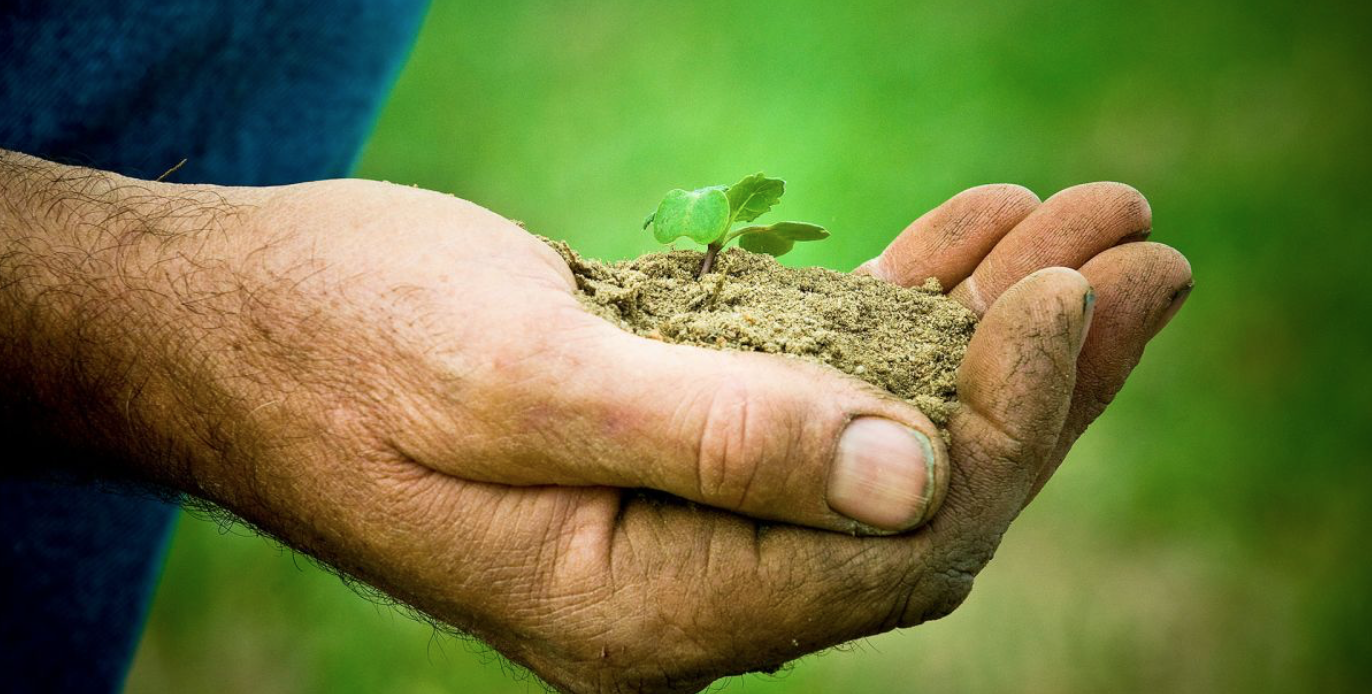Canola establishment under the scope

Photo: Evan Collis
While canola has come a long way since its tentative beginnings in Australia in the 1970s, there is still room for improvement, particularly regarding aspects of crop establishment.
Unreliable field establishment leading to difficult weed management, reduced yield potential and, sometimes, resowing is a challenge for canola production. These establishment risks have increased with the trend to earlier sowing. The cause can lie with seed genetics, seed source, environment (soil and rainfall) and management (seeder set-up) factors.
A complex challenge like this calls for multi-pronged solutions. Consequently, with GRDC investment, CSIRO started a project in July 2019, focusing on genetic solutions to help canola breeders develop varieties that better establish in growers’ paddocks.
Working with an expert team across CSIRO including Dr Greg Rebetzke, Dr John Kirkegaard, Dr Ian Greaves, Dr Jose Barrero, Dr Andrew Fletcher, Dr Alec Zwart, Karen Treble, Mark Cmiel and Trijntje Hughes, the project started with understanding the challenge from growers’ perspective.
Figure 1: Schematic of a germinating canola seed, indicating the hypocotyl. Canola is faced with a number of challenges when germinating; it has a small seed in comparison to other crop species and an oil-dominant seed that is slower to mobilise stored energy than a starch-dominant seed.
From a survey of 63 canola growers and agronomists across the country in February 2020, the most common causes of poor establishment were marginal soil moisture (76 per cent), incorrect sowing depth (65 per cent) and soil crusting (29 per cent).
From previous experience in cereal crops and from a thorough review of the scientific literature, it was concluded that these common causes of poor canola establishment could be overcome by developing canola varieties with enhanced early vigour and longer, stronger hypocotyls – the stem of the germinating seedling (Figure 1) – to improve the emergence from deeper sowing to access more moisture.
Seed sown early into moisture at depth could emerge on time and reduce exposure to high soil temperatures, but an additional challenge for canola was identified: the tendency for marginal soil moisture to induce seed dormancy that could delay germination. However, methods to screen large numbers of varieties efficiently had not yet been developed to support a breeding-based solution.
Then began an intense period of method development by the team to facilitate screening large numbers of diverse international varieties (including winter canola, industrial rapeseed and even swede, kale and fodder types) and current Australian canola varieties for establishment traits.
These lab-based methods are high-throughput and highly reproducible – crucial for routine and accurate screening of breeding material. New methods have laid the foundation for gene discovery and molecular marker development, which is the focus of the next phase of the project.
Field truthing
But technical success means nothing unless lab-based screening methods reflect establishment in the field. Subsequently, in 2021, four field experiments were conducted in Western Australia and New South Wales to ground-truth the high-throughput screening methods.
Figure 2: The best international varieties outperformed the best current Australian variety in per cent emergence when sown at five centimetres. Data from row plots (four replicates) were scored 31 days after sowing at Boorowa Agricultural Research Station, 2021. Photos of representative row plots are shown. Photo credit: Stuart Brown
Seeds were sown at two and five-centimetre depths using 20 international varieties and five current Australian hybrid and open-pollinated varieties. The best international varieties outperformed the best Australian variety in their per cent emergence from 5cm depth (Figure 2).
Initial analyses are promising, with early vigour and long hypocotyls being correlated with good field establishment. Strikingly, the best international variety in the field was also one of the most vigorous varieties at germination and cotyledon stages in the lab-based tests, and the second and third-ranked international varieties both had very long hypocotyls.
These results are exciting because it should be possible to combine the early vigour and long hypocotyl traits by breeding to produce varieties with an improved ability to emerge from deep sowing. An additional set of four field experiments will be completed in 2022 to confirm these findings.
